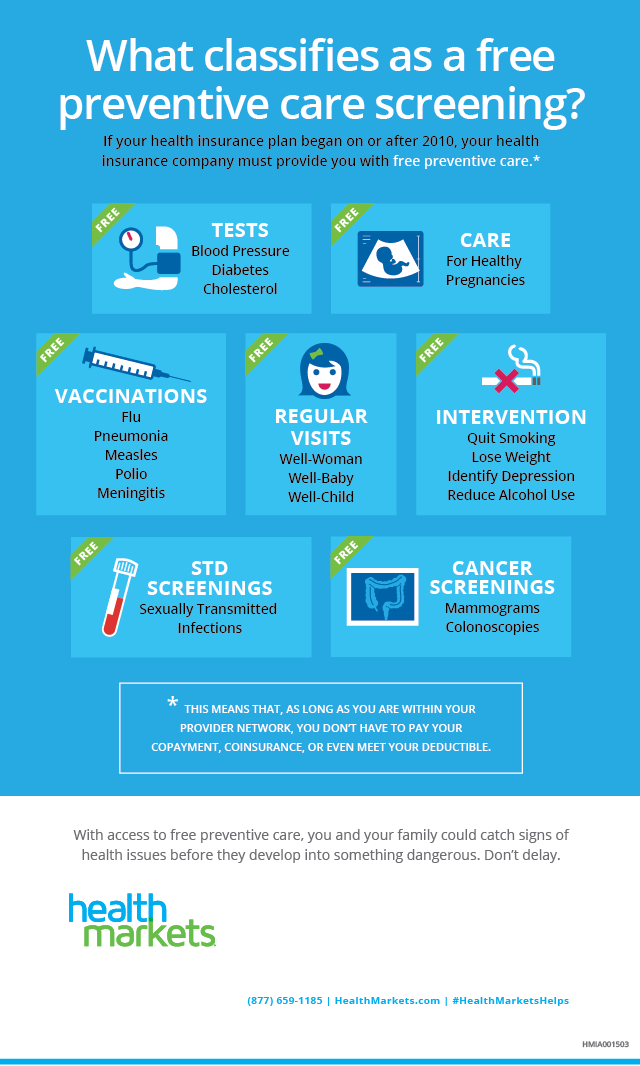Valuable Insights Right Into Unique Therapies And Care Methods In Rheumatology Showcase Developments That May Transform The Way Individuals Experience Treatment-- What Future Technologies Can We Prepare For?

Content Writer-Kemp Bowman
In rheumatology, cutting-edge therapies and care strategies are transforming how we come close to autoimmune illness. You're likely familiar with the expanding impact of biologic treatments and personalized medicine. These developments not just boost treatment efficiency yet additionally lessen side effects. Plus, telehealth is making patient administration much more available than ever before. As we check out these developments, you'll discover that the future holds a lot more pledge for boosting client end results. What does this mean for you?
Advances in Biologic Therapies
As researchers remain to discover the intricacies of autoimmune illness, breakthroughs in biologic treatments are transforming just how you handle conditions like rheumatoid arthritis and lupus.
These therapies target specific parts of your immune system, supplying an extra specific strategy than traditional treatments. By blocking corticosteroid injections , biologics can help reduce signs, prevent joint damages, and enhance your total lifestyle.
You may discover that these therapies bring about fewer side effects contrasted to traditional medicines. Normal surveillance and adjustments to your treatment strategy are essential, as reactions can differ.
Remaining informed about prospective dangers and advantages empowers you to talk with your doctor, ensuring you make the best selections for handling your problem efficiently.
The Function of Telehealth in Person Management
While lots of patients appreciate the benefit of in-person check outs, telehealth has emerged as a vital tool in taking care of rheumatologic problems.
nonsteroidal anti-inflammatory drugs (nsaids) enables you to get in touch with your doctor from the comfort of your home, minimizing travel time and linked anxiety. senior fitness routines for oa , you can talk about symptoms, medicine adjustments, and treatment strategies without the requirement for a physical appointment.
Telehealth also assists in timely follow-ups, ensuring that you obtain recurring assistance and monitoring. Additionally, it can boost accessibility for those in remote areas or with flexibility obstacles.
Welcoming telehealth not only enhances your care but additionally encourages you to take an energetic function in handling your problem, promoting far better interaction and partnership with your health care team.
Personalized Medicine: Tailoring Therapy Approaches
Telehealth has actually changed just how you connect with your healthcare provider, leading the way for even more customized medication in rheumatology.
Currently, you can get customized treatment plans based upon your distinct hereditary makeup, lifestyle, and choices. Rather than a one-size-fits-all strategy, your medical professional can assess information from different resources to select one of the most efficient treatments for you. This implies fewer trial-and-error treatments and a faster path to alleviation.
You'll also remain taken part in your care with normal telehealth check-ins, permitting real-time adjustments to your routine. As customized medication continues to progress, anticipate an extra proactive, targeted method that enhances your lifestyle and addresses your certain needs better than in the past.
Final thought
Including innovative treatments and treatment methods in rheumatology can dramatically boost your experience as a person. With advances in biologic treatments, you can expect a lot more targeted and effective choices that carry fewer negative effects. Telehealth allows you to stay gotten in touch with your health care group, making assessments much easier and a lot more efficient. Plus, individualized medication guarantees your treatment plan is tailored to your unique demands. Together, these advancements equip you to accomplish a better quality of life while managing autoimmune conditions.

